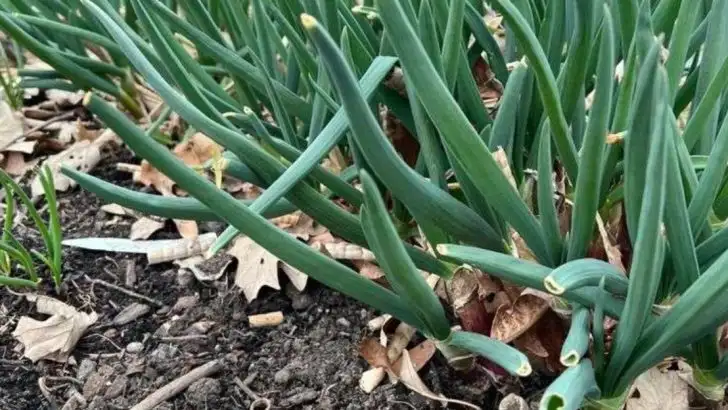Before you toss those onion ends or celery bases, take a second look—many everyday kitchen scraps can grow into fresh, edible plants with barely any effort. It’s one of the easiest ways to reduce waste while growing food at home, even without a garden.
From green onions and garlic cloves to lettuce cores and sweet potato slips, these scraps can sprout into productive plants right on your windowsill or balcony. All you need is a bit of water, sunlight, and patience.
In this article, we’ll show you 10 common kitchen leftovers that can be regrown into real food, helping you save money, reduce waste, and experience the magic of regrowth—right from your countertop.
Green Onions
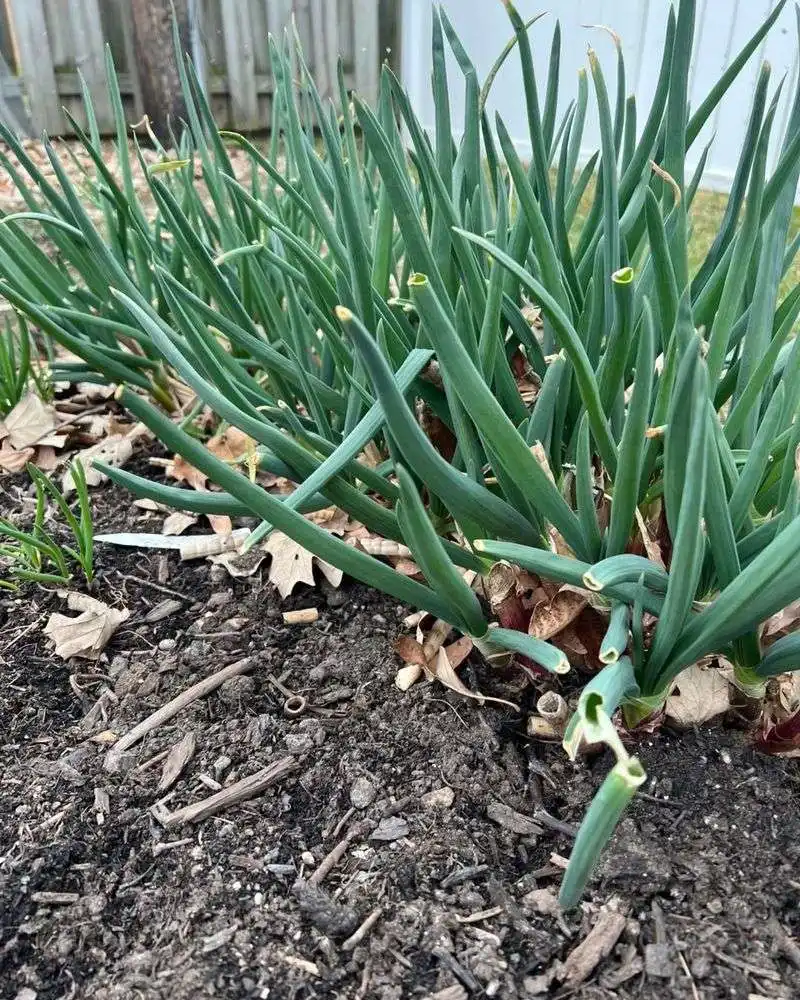
A sprinkle of green can transform your kitchen space into a mini garden. These often-overlooked veggies are incredibly easy to regrow. Place the white root ends in a glass of water, and watch them flourish with minimal effort. As they thrive, you’ll have a fresh supply of green onions for garnishing your favorite dishes.
Their rapid growth rate means you’ll never run out of this pungent delight. It’s fascinating to see how such a simple process can yield fresh herbs. Next time, think twice before tossing those onion ends!
Lettuce
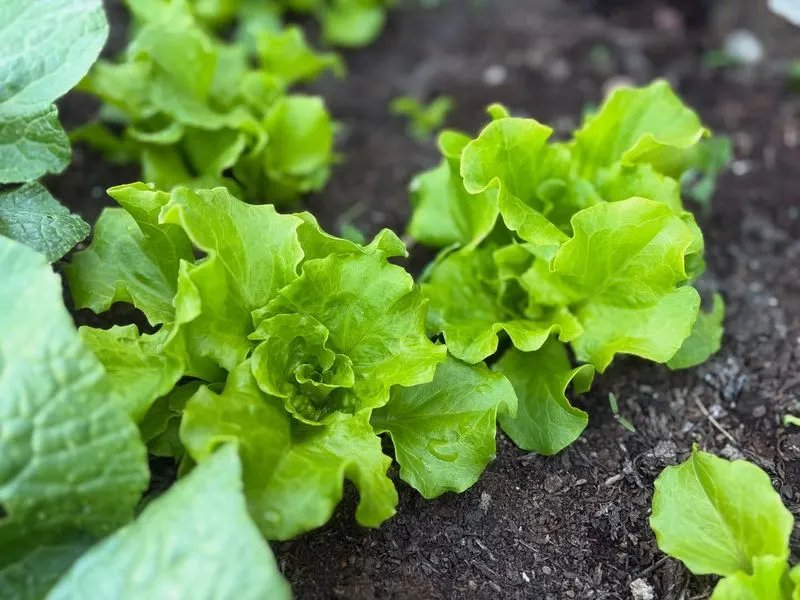
Most salads start with lettuce, but did you know it can also be the beginning of a new head? By placing the base in water, it miraculously starts to regrow.
This process is not only easy but also educational, especially for young kids. Watching the leaves sprout day by day can be truly rewarding. Within a few weeks, enjoy fresh, crisp leaves from your windowsill.
It’s a sustainable way to keep your supply steady. Plus, it’s a perfect example of nature’s resilience and cyclical beauty.
Celery
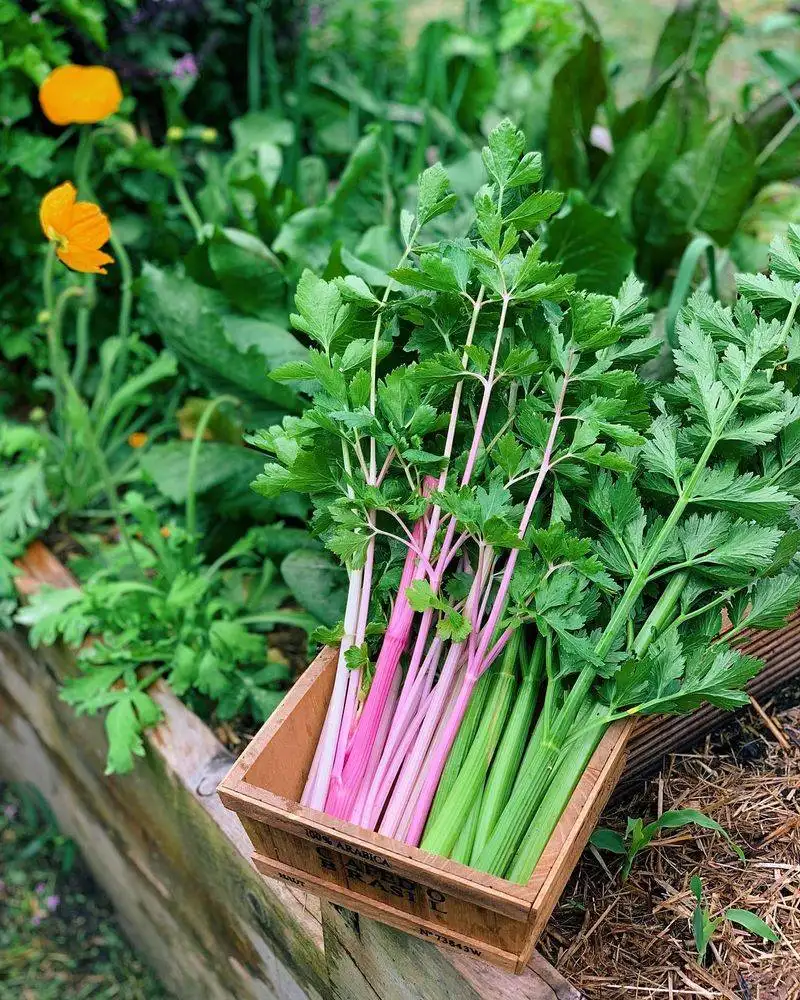
Sturdy and versatile, celery makes a comeback when its base is submerged in water. The vibrant green shoots emerge surprisingly quickly, a testament to its tenacity.
Position it where sunlight cascades, and witness the marvel of regeneration. In mere days, celery transforms into a lush growth, ready to be harvested.
It’s both a culinary ally and a sustainable practice wrapped in one. From soups to salads, your kitchen will never be short of this crunchy staple again. A truly remarkable cycle of rebirth!
Carrots
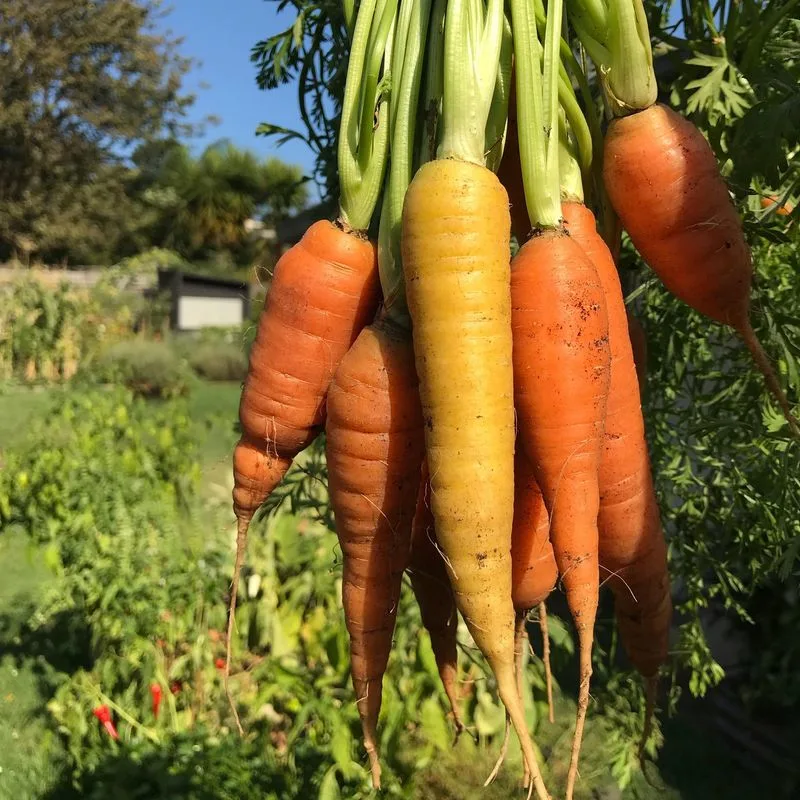
Carrot tops, often discarded, hide the potential for new life. Rather than tossing them, place the tops in water and observe a transformation.
With a touch of sunlight, you’ll soon see green sprouts emerging, adding a splash of color to your kitchen. Though you won’t grow new carrots, the greens are perfect for salads or garnishes.
It’s a simple yet effective way to utilize scraps and generate fresh ingredients. Watch your discarded pieces become a source of nutrition and beauty.
Garlic
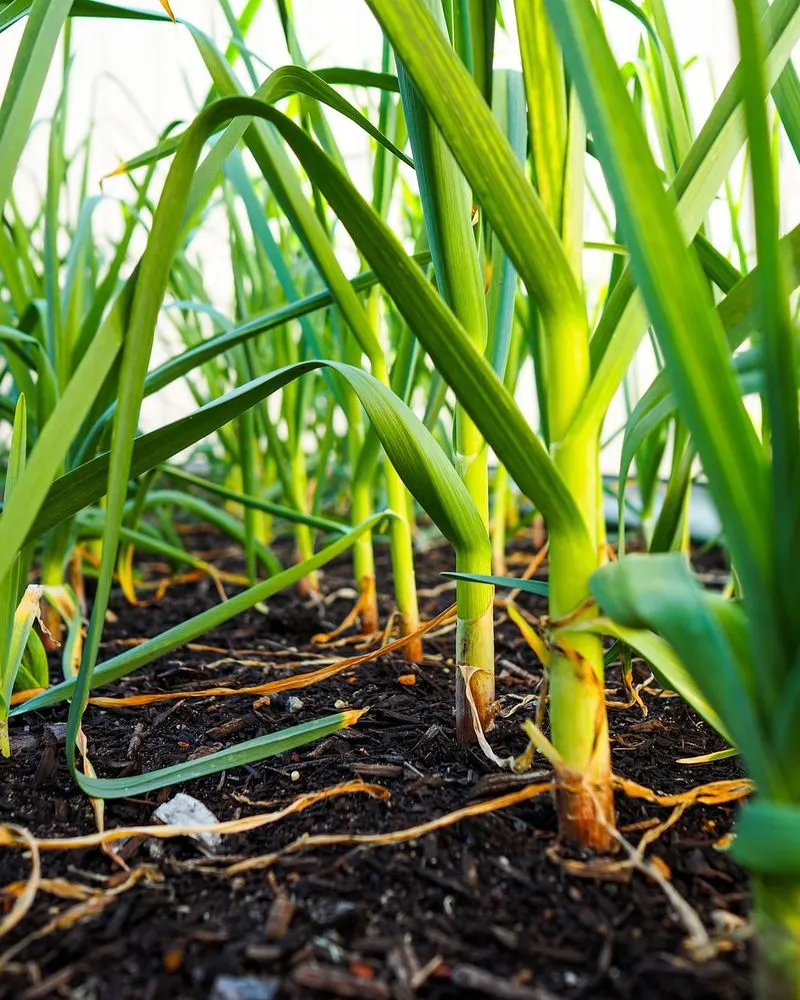
In the realm of culinary magic, garlic stands out. When left alone, garlic bulbs sprout green shoots that offer a mild garlic flavor, perfect for enhancing dishes.
Place a few cloves in water, and witness an aromatic transformation in your kitchen. Before you know it, the shoots are ready to be snipped and savored.
This method not only revives kitchen scraps but also enriches your cooking repertoire. An age-old cooking staple, garlic’s potential is continuously reborn through this simple process.
Potatoes
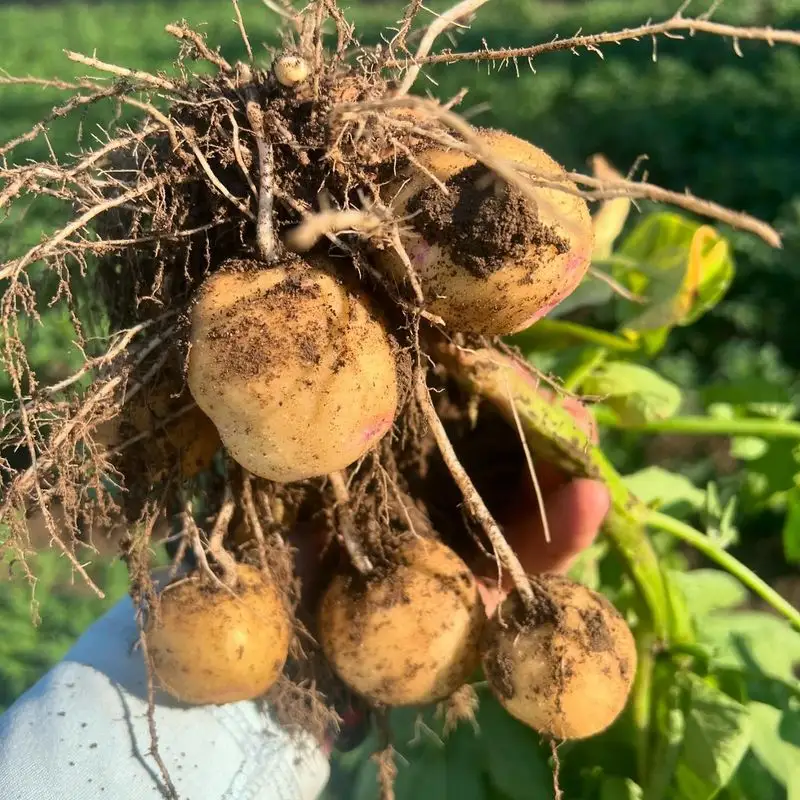
Potatoes have an uncanny ability to regenerate. Those sprouting eyes indicate future potential. Slice the potato, ensuring each piece has an eye, and plant them in soil.
As they grow, this process offers a hands-on experience in propagation. It’s a satisfying endeavor, watching robust plants emerge from mere scraps.
Harvesting home-grown potatoes from your garden is undeniably rewarding. This cycle not only produces a staple crop but also teaches patience and care.
Basil
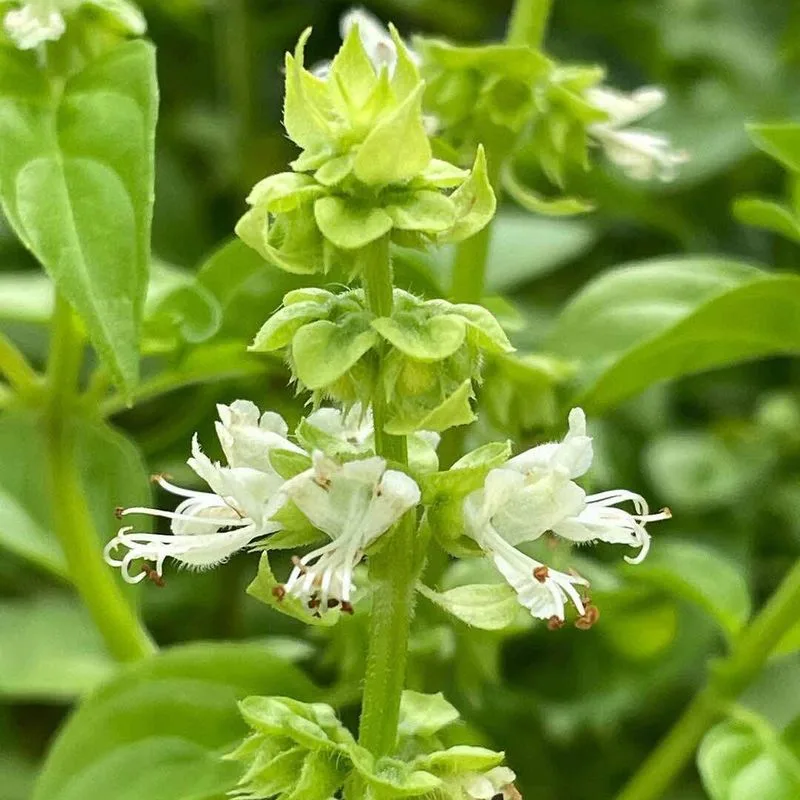
Basil, with its aromatic leaves, is a culinary darling. When stems are placed in water, new roots will form, giving this herb a second chance.
Relocate the rooted stems into soil, and enjoy a continuous supply of basil for all your pesto and pasta needs. Its growth is like a green affirmation of life.
This method stands as a testament to nature’s generosity, providing endless fresh flavor. A fragrant addition to any kitchen, basil’s regrowth is both practical and delightful.
Ginger
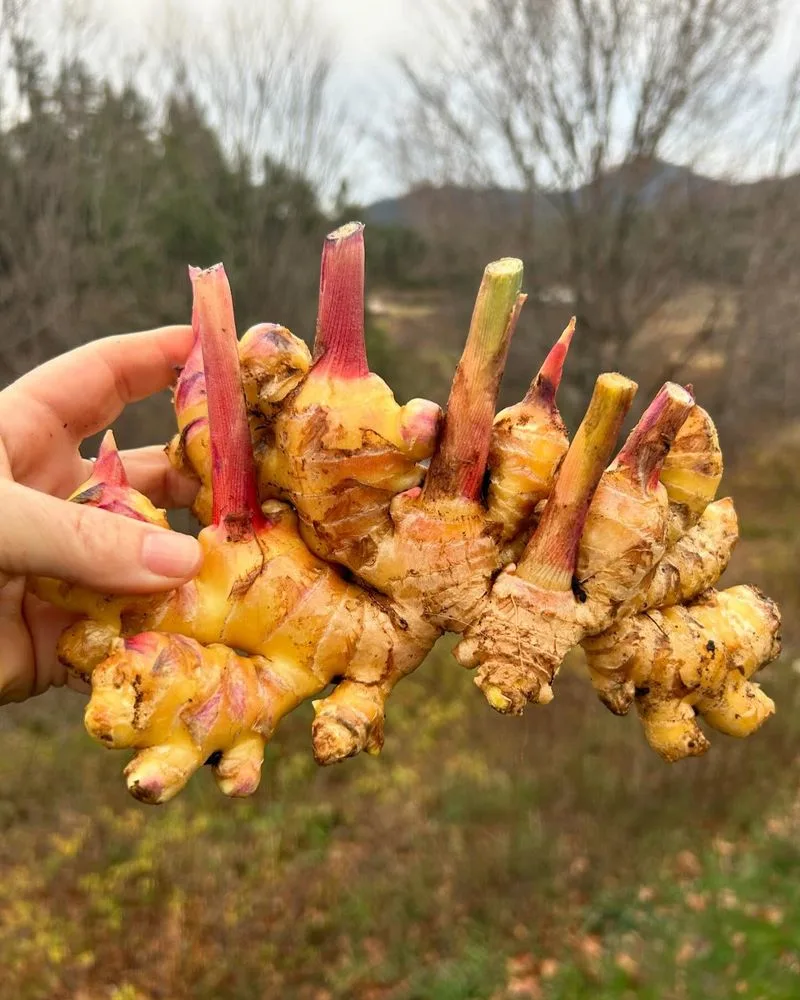
With its fiery reputation, ginger is a spice that keeps on giving. The knobby root can regrow with ease.
Place a piece in soil, and soon, new shoots will start to appear. As it thrives, you’ll have fresh ginger for teas and recipes.
It’s a fascinating cycle, turning scraps into a thriving plant. The spice that everyone loves has a remarkable ability to replenish itself, making it a must-have in any sustainable kitchen garden.
Pineapple
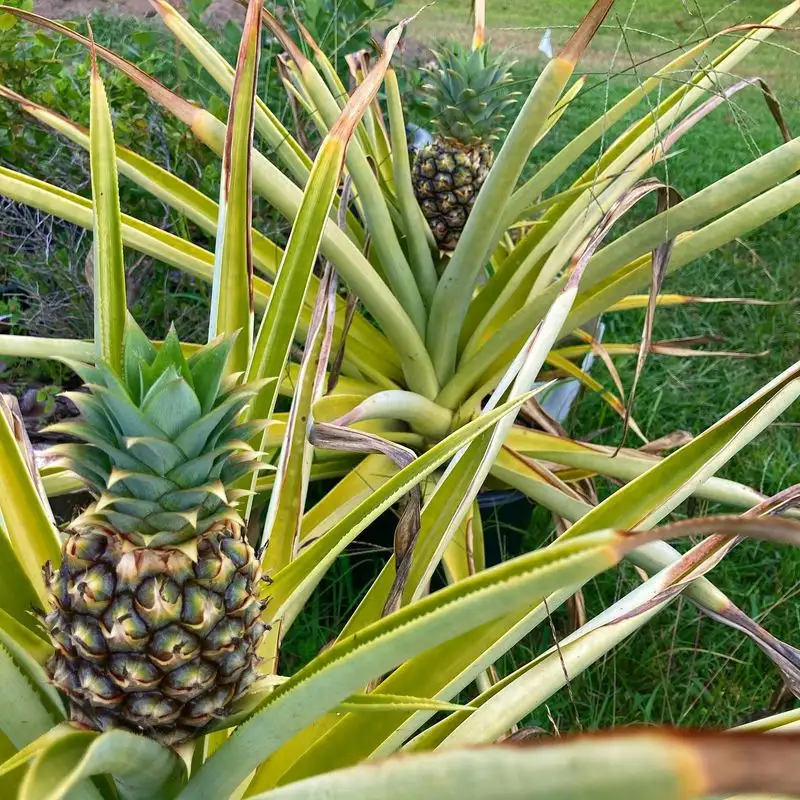
The exotic allure of pineapple extends beyond its juicy fruit. Using the crown, it can be regrown into a decorative plant.
Cut off the top, let it dry, and plant it in soil. With good care, it eventually develops into a stunning plant.
While fruiting takes time, the process itself is rewarding. This tropical treat adds greenery and charm, showing that even the crown holds the promise of life.
Avocado
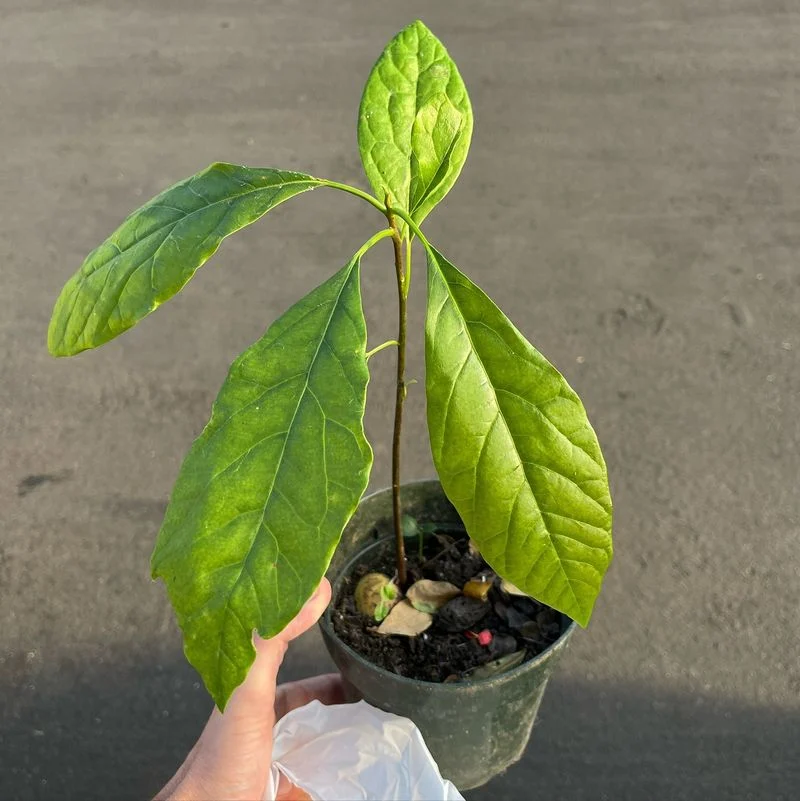
The journey of an avocado is a visual spectacle. Suspend the seed in water using toothpicks, and watch the roots unfurl below.
A sprout will soon appear, heralding the birth of an avocado tree. Though it requires patience, the process is mesmerizing.
The mighty avocado, from seed to sapling, embodies growth and transformation. This endeavor is more than gardening; it’s an exploration of life’s cycles, making it an exciting addition to your home.

